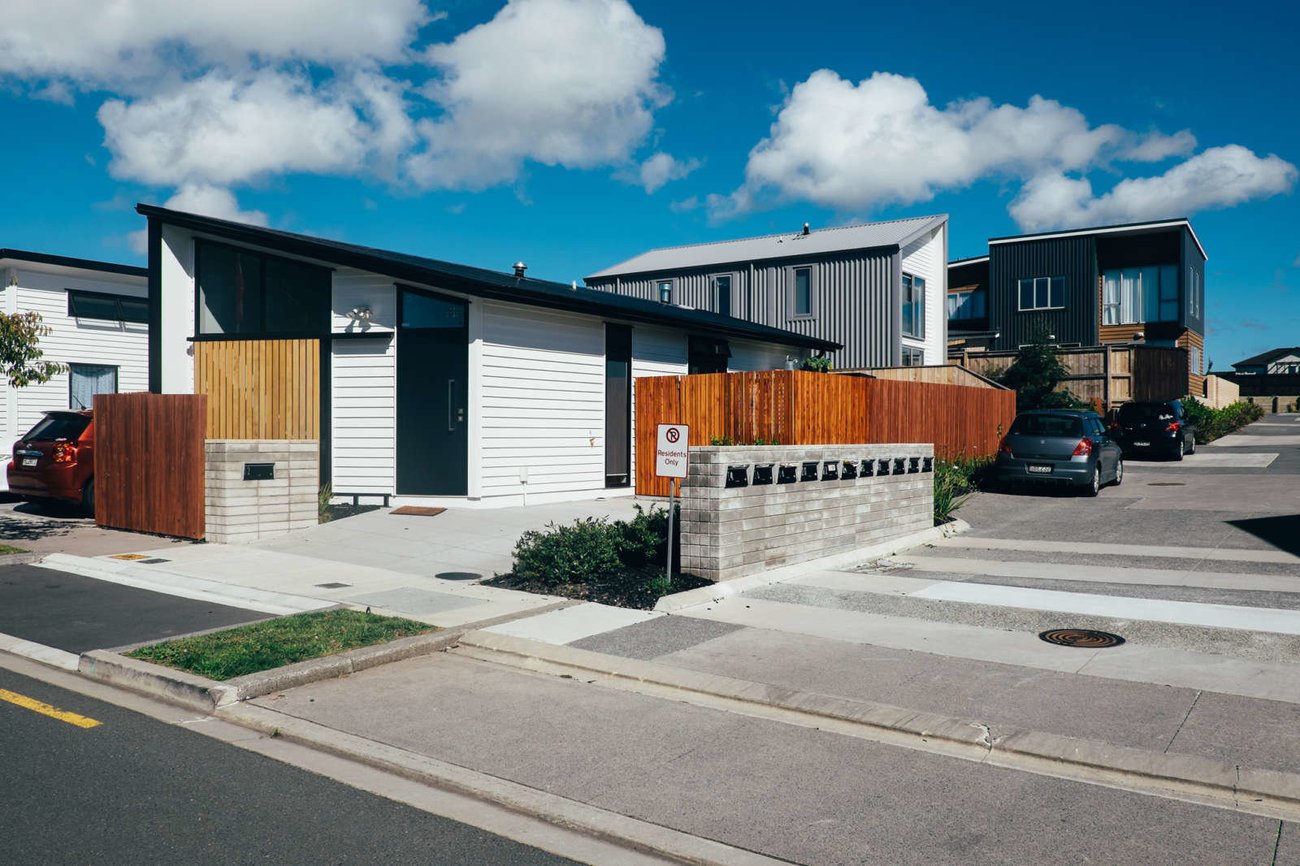Isthmus Group’s Andre de Graaf on how small homes can help solve housing affordability

Andre de Graaf, a director at Isthmus Group, is the first to admit he’s on a bit of a crusade to promote the benefits of living in a small home.
“For me, small homes are inherently more sustainable and certainly, with the changing demographic and shifting attitudes to sustainability, this is a big issue. The very nature of smallness, reduced footprint and low impact, is cool, it’s a good thing.”
In a city like Auckland, he sees small homes as something that would work well.
“A small home is a form of intensification, and for some people far more palatable than a three or four storey apartment. I’m a huge advocate of three, four storey apartment buildings in the right place and I’m absolutely not saying they should come in place of them – but Auckland is all about lots of pockets of infill and small clusters of small homes is a fantastic way to do this.”
De Graaf says other elements such as design, community and decluttering lifestyle should be a factor in considering a small home.

“We need to conceive of small homes as highly sought-after, something to be desired and wanted. We need to be trading vacuous space for a lift in compact clever design.”
He says a small home isn’t just taking a large spec’ home – that trades on space – shrinking it and thinking that’s acceptable.
“You have to push up the design quality, it must use the spaces cleverly and its construction well-engineered.”
Small homes also foster community, says de Graaf.

He uses the example that if it’s a nice weekend, a common shared garden allows the neighborhood kids to interact and come together.
“It’s a space where you share on your terms – you can choose to be private and be in your own home or not.”
De Graaf says large modern homes have started internalizing our living style from media rooms to second lounges and gyms, and he thinks that when one gets rid of all that extraneous stuff you externalize it.
“You tend to go out of your home for a bit of additional entertainment or other things, and so tend to connect more with community.”
And with minimalism becoming mainstream, helped along no doubt by cult Japanese author and organising consultant Marie Kando, de Graaf says the ability to declutter is another positive.
“We don’t need it all. I think that there’s a perception that a large home is a better investment, and we need to move away from that. That’s why I say the idea of a small home detaching itself from an affordable argument is really important – that’s the by-product, but that small is desirable for all sorts of other reasons too.”
De Graaf says a big part of the attitude towards small homes in New Zealand is cultural.

“New Zealand is a very young country in terms of its urbanism. The main centres, and in particular Auckland, is still coming to grips with tighter living, although this is changing pretty rapidly.”
He says there is certainly much wider acceptance of living in tighter environments in western Europe, North America and Japan, that have grappled with much higher population concentrations for much longer than New Zealand have.
“These countries have responded to the pressures of high land costs, build costs, population numbers – the same things becoming increasingly pertinent here – by adopting in part a small house answer.”

He says small homes continue to capture peoples’ imagination in seeking a solution to their plight of owning their own home, with any number of websites, blogs, talks, countless books on ‘the small home movement’.
There is also the regarding discussion of the small homes versus apartments argument.
For de Graaf, when paying for apartments one is paying for extra features such as lift services and fire systems. And from his perspective the whole construction methodology is more expensive too.
“A small home is what can be a ‘bricks and sticks build’, it’s a cost-effective build. Housing affordability isn’t just a house, it’s the land cost, and a small home sits on a much smaller foot print.”
While de Graaf says he has done a fair bit of bit of research and thinking around this issue he admits small homes aren’t for everyone.

“Some people put emphasis on space. All I’m saying, and sensing, is that there is a sector of the market that is looking for that small home option and it is not being catered for.”
There have been changes in New Zealand’s demographics that De Graaf believes is impacting on people’s lifestyle choices, such as increase in sole parent households, and baby boomers downsizing who want to remain active in retirement and be able to lock up and travel.
De Graaf says while Isthmus Group has managed to get a little bit of traction in getting some [small homes] built a few years ago, things haven’t moved much further along.
‘It just feels like there are other conversations that are going on all over the place around lack of housing and affordability – and yet we are missing this obvious one thing – building some really cleverly designed small houses – they can address a lot of these issues.”




